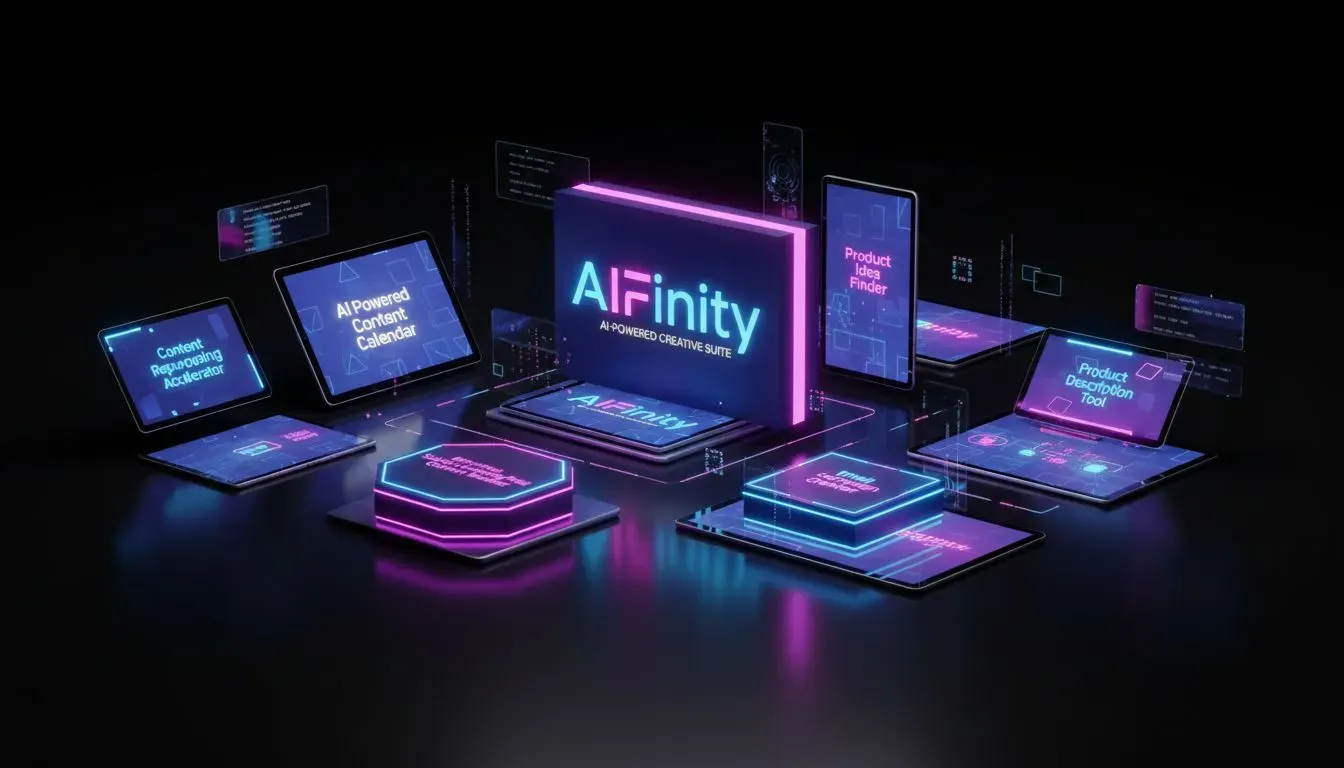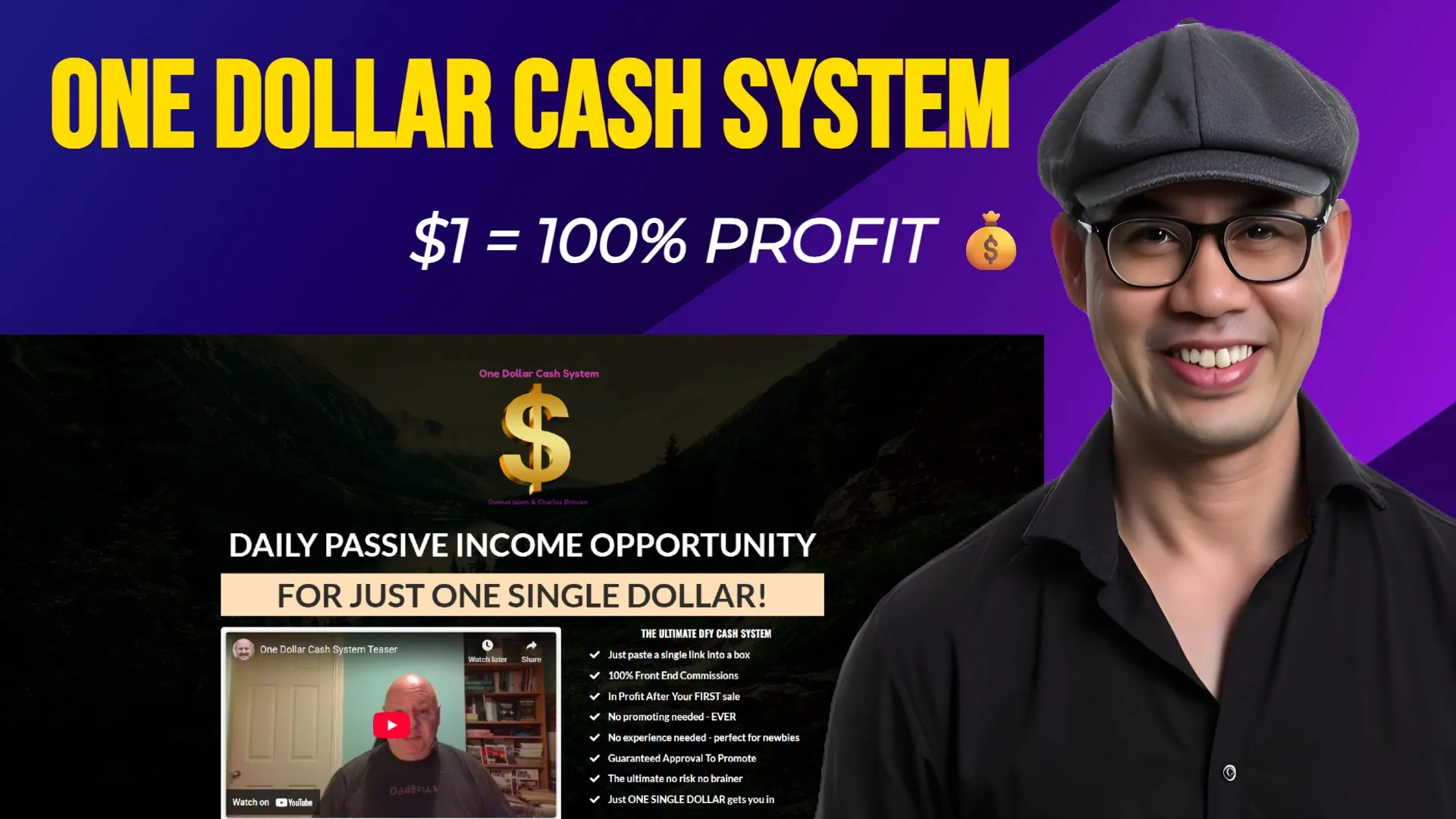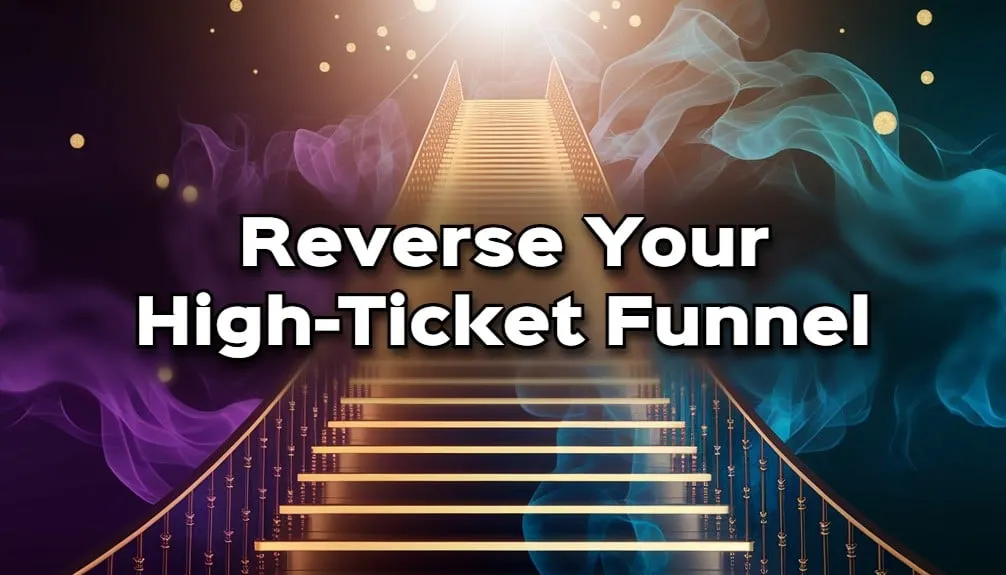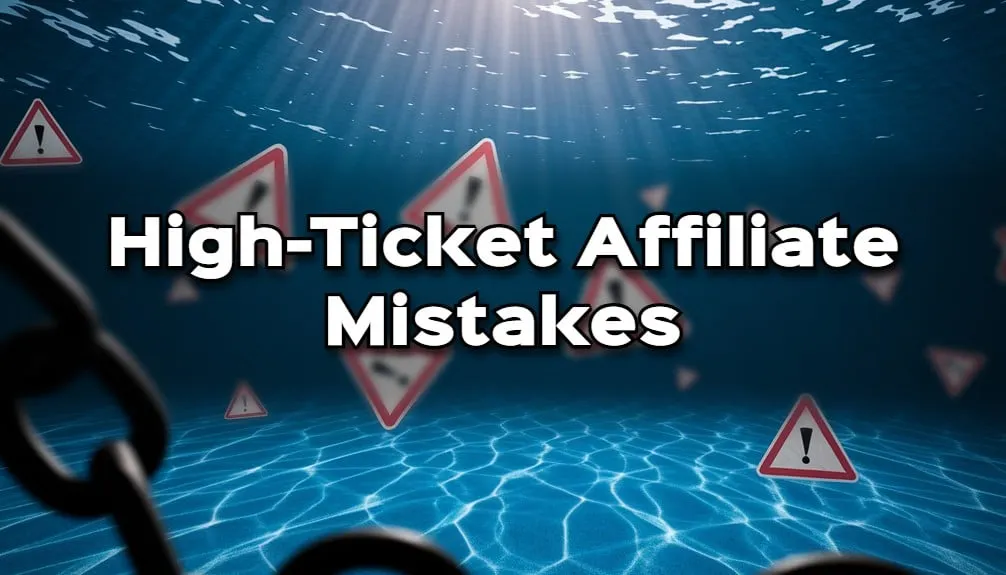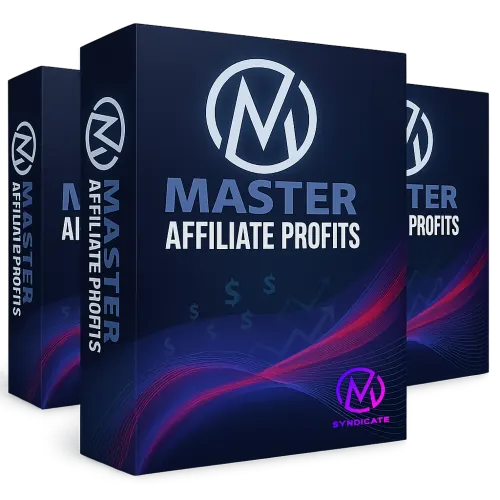Email Marketing Made Simple: Your Guide to Online Income
Have you ever wondered how some people earn money online? Email marketing could be the answer. With just a few clicks, you can reach thousands of potential customers. This simple tool has helped many beginners start earning passive income. It could work for you too!

What is Email Marketing?
Email marketing is sending commercial messages to a group of people by email. These could be newsletters, promotions, or announcements. It lets you build relationships and make sales.
I've used online marketing for 20+ years. Email remains one of the most cost-effective ways to reach an audience. It's like having a conversation with thousands of people at once!
Think of it as your own sales team working 24/7 while you sleep. All you need is a computer and desire to connect with potential customers.
Why Email Marketing Still Works
You may think email marketing is outdated. But it's thriving! Recent data shows email generates 42forevery42 for every 42forevery1 spent. That's a 4,200% return on investment! No other marketing channel comes close.
Social media platforms change all the time. Email has been around since the beginning of the internet. When you build an email list, you own that audience. No one can take it away.
The money is in the list. I've seen businesses earn six figures with just a few hundred engaged subscribers. It's about relationship quality, not size.
Here's why email marketing deserves your attention:
- People check email 15 times per day - 15 chances to reach them.
- Over 90% of adults regularly use email. Unmatched reach!
- Personalized emails improve click and conversion rates by 10-14%.
When I started, I was skeptical too. But after my first campaign and sale, I was convinced. Email marketing works.
Building Your Email List
The key to email marketing success is your list quality. Engaged subscribers are worth more than a huge list of inactive people.
Get Quality Subscribers
Create free, valuable content like guides, videos or mini-courses. This "lead magnet" should solve a specific problem for your target audience.
Place opt-in forms on your site where visitors can enter their email to receive your freebie. Clearly state the benefit of signing up.
Specificity helps. Say "Get my free guide to earn $1,000 online" rather than "Sign up for my newsletter."
Permission-Based Marketing Matters
People should actively choose to join your list. This "permission marketing" leads to better engagement and fewer spam complaints.
Always use double opt-in. Subscribers confirm by clicking a link in a confirmation email. This ensures real interest.
Remember - quality relationships beat quantity. 100 engaged subscribers are better than 10,000 inactive people.
Manage Your List
Regularly remove inactive subscribers and fix bounced emails to improve deliverability.
Use tags and segments to send targeted messages based on interests and behaviors. This leads to better engagement.
Here's the impact of list cleaning:
Metric Before After Open Rate 15% 25% Click Rate 2% 4.5% Spam Complaints 0.1% 0.02% Deliverability 85% 97% One client's revenue increased 35% after cleaning their list from 50,000 to 15,000 active subscribers. Less is more!
Creating Compelling Email Content
Writing emails people want to read is an art and science. The goal is to provide value and encourage action.
Know your purpose - educate, share stories, promote products? This focuses your message.
Use a conversational tone with "you" and "I" language. Avoid formal jargon that distances readers.
Short paragraphs work best in emails. Use bullet points, headings and bolding to make scannable.
Include a clear call-to-action - click a link, reply, or purchase. Make the next step obvious.
The Power of Personalization
Personalization is more than including someone's name. Use data about past purchases and engagement to tailor content.
Segment your list by interests and send relevant content to each group. This improves open and click rates.
One client increased open rates 35% by sending three personalized email versions tailored to different segments.
Craft Catchy Subject Lines
Your subject line is key - no one will open without it. Tips for subject lines:
- Keep under 50 characters
- Create curiosity and urgency
- Be specific and honest
- Test different approaches
Sometimes simple subject lines work best - "Quick question" or "Did you see this?" Natural curiosity can beat cleverness.
Deliver what you promise. Match content to the subject line or lose subscriber trust.
Segmentation: Speak Directly to Your Audience
Why Segment Your List?
Segmentation means dividing your list into smaller groups based on specific criteria. You send targeted messages instead of generic blasts.
When I first started, I emailed everyone the same thing with mediocre results. Segmenting my list supercharged engagement.
It's like splitting a room of people with different interests into groups and speaking directly to each one. Segmentation allows you to send the right message to the right person.
How to Segment for Results
Here are effective ways to segment your email list:
Demographic - Age, gender, location, income level, job industry
Behavioral - Interests based on clicks and website activity
Purchase History - Recommend related products bought previously
Engagement Level - Group highly engaged vs inactive subscribers
Behavioral segmentation works well. When someone clicks a link, they show exactly what they're interested in now. Send more of that!
Benefits of Smaller Groups
Segmenting your list gives:
- Higher opens/clicks since content is more relevant
- Lower unsubscribes when people get less irrelevant email
- Better deliverability as engagement increases
- More revenue from matched offers
One client grew revenue 58% in two months by sending targeted, segmented campaigns. It's worth the extra effort!
Properly segmented emails can generate up to 760% more revenue. Segmentation transforms results.
Start with 2-3 key segments. Expand as you see success. The goal isn't dozens of tiny lists - just speak more directly to your audience.
Designing Emails That Convert
Email design guides readers to take action. After 20+ years, I've learned simpler converts better.
Use white space through margins and spacing between elements. Don't cram too much in.
Guide the eye with clear visual hierarchy - make your key message the most prominent.
Keep branding consistent across emails - same logo, colors, fonts. This builds recognition.
Mobile Responsiveness is Crucial
Over 60% of emails are opened on mobile. Optimize for small screens:
- Use single column layout
- Minimum font size of 14px body/22px headline
- Large buttons (44x44px)
- Short subject line (<50 characters)
Test on different devices before sending campaigns. A desktop-only design will hurt your metrics.
Email Design Tools
You don't need design skills to create professional emails. Use templates:
- Email service providers have pre-designed, mobile-friendly templates
- Canva - customizable email templates, many free
- BEE Pro - more control over layouts while ensuring mobile responsiveness
Start with provider templates as a foundation. Customize with your branding. Experiment as you get comfortable.
Remember - clarity and simplicity convert better than clever, complex designs.
Automation: Streamline Your Efforts
What is Email Automation?
Automation is like a personal assistant sending timely emails automatically based on triggers or schedules you set. This frees up your time to focus on other business tasks.
I first discovered automation years ago. I was spending hours manually sending follow-up emails. After setting up sequences, sales came in automatically while I was on vacation. That's when I realized the power of this tool.
For beginners, automation is your secret weapon. It allows you to scale without working around the clock. You can serve hundreds or thousands of subscribers without killing yourself.
Automated Emails That Make Money
Here are powerful automated emails that earn income:
Welcome Series - Send new subscribers 3-5 emails introducing your brand, delivering your free offer, and making a low-cost backend offer. My welcome series generates 40% of my revenue.
Drip Campaigns - Pre-written email sequences sent over time to educate, nurture relationships, and build to a product launch.
Abandoned Cart - Remind people who didn't complete a purchase to recover lost sales. I've seen 10-15% recovery rates from these.
Re-Engagement - Target inactive subscribers with valuable content to regain their attention. I recovered 950 out of 5000 inactive people with a simple "Are you still interested?" email.
Benefits of Automation
Automation provides:
- Consistency even when you're away or busy
- Scalability to grow your list without more work
- Perfect timing based on triggers and schedules
- Higher conversions from timely, relevant messaging
When I first started, I felt overwhelmed trying to do it all myself. Automation was a game changer. Even a simple 3-email welcome series will save you time and generate results.
Focus on one sequence first, then expand as you get comfortable. Let automation work for you 24/7!
Analyzing Performance Data
Key Email Metrics to Track
To make money, you need to know what's working and what's not. These metrics provide data-driven insights:
Open Rate - Percentage who open your emails. Good rate is 15-25% typically.
Click-Through Rate - Percentage who click links in your email. Aim for 2-5%.
Conversion Rate - Percentage who take your desired action after clicking. Most important number!
Unsubscribe Rate - Percentage who opt out of your emails. Below 0.5% is good.
I once focused only on list size, ignoring these metrics. My open and click rates were terrible. Optimizing based on data tripled my revenue within six months.
Interpreting Your Email Data
Make your metrics meaningful:
- Compare to your own past performance rather than industry averages. Are you improving over time?
- Look for patterns in types of emails and days/times.
- Track trends over months - don't overreact to one bad email.
- Connect engagement to revenue generated. Clicks don't always equal sales.
One campaign had great open rates but almost no purchases. Engagement doesn't automatically mean revenue. Now I focus on the end goal - conversions and sales.
Email Analytics Tools
You don't need fancy tools starting out. Use built-in analytics:
- Email service providers like Mailchimp offer detailed stats for each campaign.
- Connect emails to Google Analytics to see website interactions after clicks.
- Heat map tools like Hotjar show how people engage with your landing pages.
- A/B testing compares email versions to improve results.
Focus on the basics first. As you grow, consider more advanced tracking. But start simple.
Optimizing Deliverability
What is Deliverability?
Deliverability means getting your emails into inboxes, not spam folders. Even the best offer is useless if no one sees your message.
Several factors impact deliverability:
- Sender Reputation - Your "credit score" based on sending history and engagement
- Content Quality - Avoid spam trigger words and over-the-top language
- Technical Setup - Proper authentication protocols like SPF and DKIM
- List Quality - Bad addresses, high bounce rates, and spam complaints hurt deliverability
One client's open rates tanked because 70% of their emails went to spam. Fixing their list and technical issues boosted deliverability from 30% to 85% in two weeks.
Maintain Good Sender Reputation
Do this to keep your sender reputation strong:
- Clean your list regularly - remove inactive and bounced emails
- Honor unsubscribes immediately
- Send valuable content that engages subscribers
- Warm up new IP addresses gradually when switching providers
When I first started scaling my list, I went from 500 to 5000 subscribers overnight. My deliverability crashed because I didn't warm up properly. Now I know to increase volume slowly, by no more than 25% per week.
Stay Out of the Spam Folder
Avoid the spam folder:
- Ask subscribers to whitelist you
- Use consistent sender details
- Balance image and text content
- Test emails before sending with a tool like Mail-Tester
- Use a dedicated IP address as your list grows
I once had a brilliant email blocked by spam filters because I overused "free" and exclamation points. After toning down the language, it reached inboxes and generated thousands in sales.
Legal Considerations
Email Marketing Laws
Complying with laws might not sound exciting, but ignoring them can lead to huge fines. As a 20+ year veteran, I've seen many marketers get hit hard for breaking rules they didn't know about.
The big ones are CAN-SPAM (United States) and GDPR (Europe). These apply even if your subscribers are located there but you aren't.
CAN-SPAM requires:
- Physical address in emails
- Clear unsubscribe option
- Honor unsubscribes within 10 days
- Honest subject lines
- Identify as an advertisement
Breaking these rules can result in fines up to $43,792 per email! You don't want that.
GDPR requires explicit consent before emailing European subscribers. No pre-checked boxes or bundled consent.
Consent and Privacy Are Key
Consent is the foundation of legal and ethical email marketing. Different types:
- Express - Active opt-in like signing up on your website
- Implied - Existing business relationship like a product purchase
Under GDPR, you need express consent. And it must be informed, specific, and freely given.
Beyond legal issues, respecting privacy builds trust with your audience. Trust leads to higher engagement and more sales. It's a win-win.
I once bought an email list, which quickly resulted in spam complaints, suspensions, and angry unsubscribes. Quality relationships based on consent are so much better than quantity.
Email Marketing Best Practices
Here are tips for compliant, ethical email marketing:
- Always double opt-in
- Document consent records
- Make unsubscribing easy
- Explain how you'll use data
- Update your privacy policy
- Regularly audit your practices
One marketer puts his unsubscribe link at the top because "If they don't want to be on my list, I don't want them there either." This transparency reduces complaints and builds engagement.
The goal isn't just avoiding fines - it's building a sustainable business based on trust and respect. Valuing your subscribers' privacy leads to loyal, lifelong customers.
Future Email Marketing Trends
Emerging Email Technologies
The email marketing landscape evolves rapidly. Staying on top of trends can give you a competitive advantage.
AI - Automates and optimizes many email tasks like subject line writing, personalization, and send-time predictions.
Interactive Emails - Include polls, surveys, image carousels, and other interactive elements to reduce friction and increase engagement.
AMP for Email - Allows dynamic content like forms, product browsing, and purchases directly within emails.
Dark Mode Optimization - Ensures emails look good in both light and dark modes as more people use dark themes.
One client boosted open rates 23% overnight by using AI to predict optimal send times for each individual subscriber. Powerful stuff!
The Role of AI in Personalization
AI takes personalization to new levels by:
- Predicting future actions based on past behaviors
- Recommending content and products based on engagement
- Identifying patterns for smart segmentation
- Determining the best send time for each subscriber
AI levels the playing field, giving beginners enterprise-level capabilities. Many platforms now offer AI tools in their standard packages.
Email Marketing Predictions
Looking ahead, trends to watch include:
- Hyper-personalization with tailored content
- Privacy-first marketing as regulations increase
- Voice-optimized email for voice assistant compatibility
- Tighter integration between email, SMS, social media, and web
- Eco-friendly email practices to reduce environmental impact
I've seen many trends come and go over 20+ years. The most successful marketers stay focused on fundamentals - providing value, respecting privacy, and building relationships.
For beginners, master the basics first - build a quality list, create valuable content, respect subscribers. Once you have that foundation, gradually incorporate new technologies and tactics.
Sometimes a simple, well-timed, personal email makes more sales than the fanciest, most complex strategies. Keep it simple and let the results speak for themselves.

